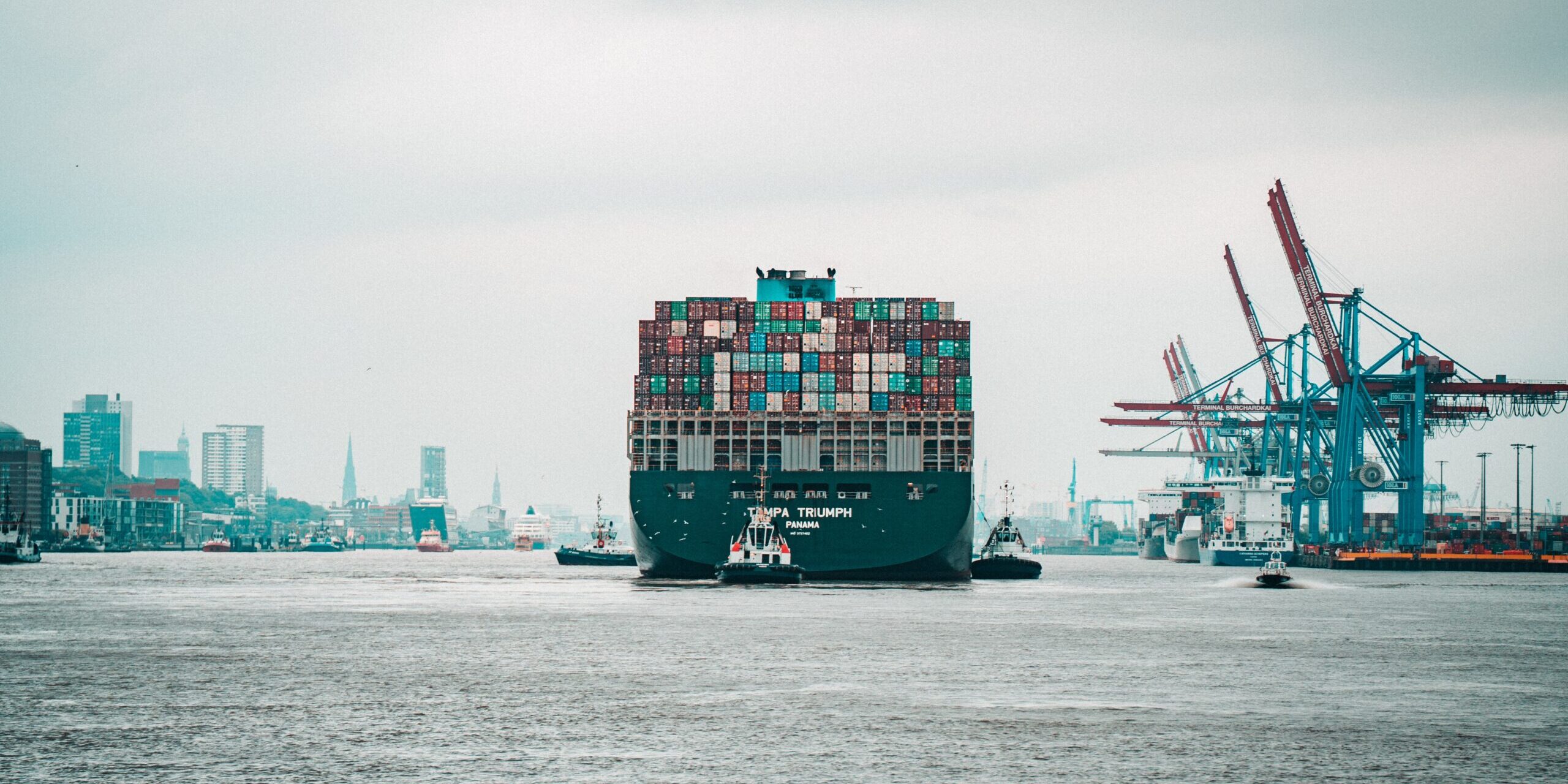In a nuanced transformation of global trade dynamics, supply chains are undergoing intricate changes, particularly in the context of the United States and China redefining their economic relationships. Recent findings by the Bank of International Settlements (BIS), a consortium of central banks, shed light on the intricate shifts occurring within supply chains.
BIS economists noted a discernible reduction in direct links between companies and overseas suppliers since December 2021, attributed to a departure from extensive offshoring toward onshoring or bringing production back home. Despite this, the study revealed an increase in the number of indirect links between manufacturing firms, introducing new layers of complexity into established supply chains.
For instance, Apple, while maintaining China as a primary manufacturing hub, is strategically diversifying its production and suppliers to countries such as India and Vietnam. This diversification contributes to the augmentation of indirect links between Apple and its overseas suppliers, adding depth to the supply chain.
In terms of supply chain lengths, measured by the distances between supplier firms and customer firms, the average distance increased from 9.67 in December 2021 to 10.03 in September 2023. The most significant changes were observed in supply chains connecting Chinese suppliers to US customers, with the average distance increasing from 9.18 to 10.11 over the same period.
The elongation of supply chain distances, particularly between Chinese suppliers and US customers, indicates the involvement of firms from other jurisdictions in these supply chains. However, the researchers cautioned that while supply chain lengths have increased, the overall density of the network of manufacturing companies has not fundamentally changed. This implies that, despite shifts in intermediate production steps to other parts of Asia, China continues to play a pivotal role in global supply chains.
This intricate dance of transformation within supply chains reflects the adaptability and resilience of the global economic landscape.







